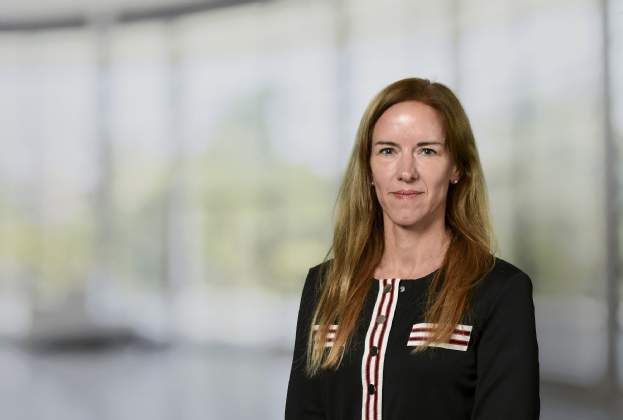The underlying cost of money has trended upwards recently, principally due to expectations of a UK base rate rise. While the Bank of England might ideally like to increase the base rate to provide leverage if there’s another economic downturn, it has procrastinated as conditions are arguably not sufficiently robust.
However, the likelihood is that the cost of money will rise; the question is when and by how much. It’s therefore time to question whether a rise will also impact commercial property values and debt lending volumes.
There’s an imperfect correlation between the cost of money and commercial property values. If commercial rents are rising, the improving running yield profile means there won’t necessarily be an adverse impact if the cost of money increases. This bodes well for the regional office and industrial sectors, which are expected grow in the next 12 months.
The position becomes more vulnerable if rents fall. That’s why the outlook for retail is more concerning, although this sector should not be considered as a homogenous product. The existing classification is too simplistic: the retail asset class needs to be re-categorised to reflect the sector’s diversity.
An increase in the cost of money will narrow the advantage of real estate over other forms of investment, so there will undoubtedly be upward pressure on property yields if these alternatives become more attractive. In addition, some debt-backed owners will instinctively want to pay less for an asset to protect their returns.
However, if the rise in the cost of money is relatively modest and gradual over the next 24 months, it’s possible property values will not be significantly affected by this in isolation.
Judging by annual volumes, the UK real estate lending industry is relatively stable compared with 10 years ago. Regulation, prudence and a healthy market have generated low loan-to-value (LTV) ratios and high interest-cover ratios (ICRs). Over time, it’s become a market in which equity plays a more significant role.
Although lending stress tests have anticipated a rise in the cost of money, many lenders have said it will create more caution, partly because of the fear of an onset of falling values, as well as a deterioration in the ICR and debt yield. With yields already low, it’s difficult for many lenders to achieve more than 45 per cent to 55 per cent leverage to achieve a sustainable ICR.
As a result, the mainstream lending market might seek to lend less, charge borrowers more for debt and become more discerning. For borrowers, a more cautious lending environment could force some to seek higher LTVs from non-bank lenders.
There’s an upcoming spike in refinancing requirements in 2020, which could be a challenging year, especially if values taper down in the interim. Parts of the market might prove to be un-financeable on reasonable terms and an owner might have to sell an asset if they don’t have capital to inject at the point of loan maturity. Some borrowers are refinancing now to protect themselves; others are taking out hedging facilities.
Although lenders can’t be complacent in this prolonged property cycle, a gentle rise in the cost of money shouldn’t cause notable value shifts or worry the industry. However, if ICRs and debt yields deteriorate, some lenders will seek to reduce leverage, which will cause issues, particularly when refinancing is needed. Any value falls will exacerbate the situation.
Borrowers should also not be unduly concerned by the rising cost of money, although it will have implications for their equity, the cost of their borrowing, potential returns and prospects for refinancing.
(1).jpg)
.jpg)
